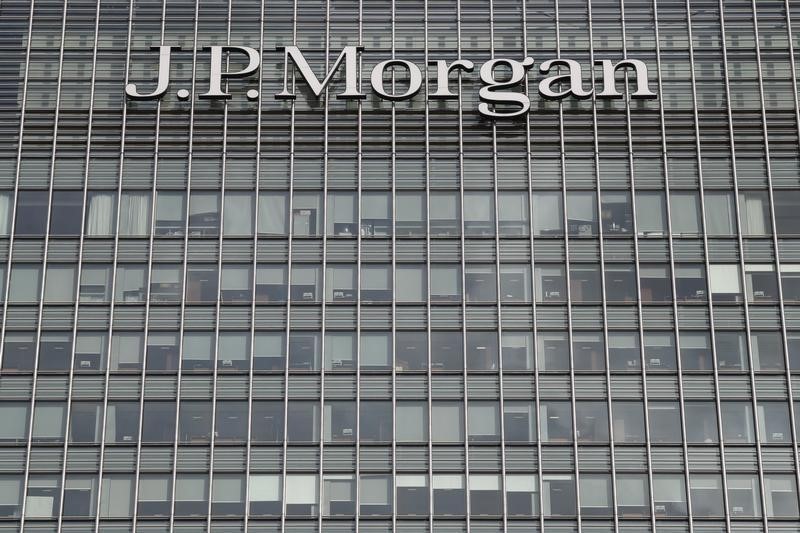Quiver Quantitative - The burgeoning sector of environmental, social, and governance (ESG) exchange-traded funds (ETFs) is experiencing a notable downturn, as evidenced by JPMorgan's (NYSE:JPM) decision to shut down two such funds, CIRC and UPWD, due to insufficient investor interest. This year, the ESG-focused ETFs market has seen a record $7.7 billion in outflows, reversing a decade-long trend of consistent inflows. The sector is also facing an all-time high in fund closures, with the JPMorgan Sustainable Consumption ETF (CIRC) and JPMorgan Social Advancement ETF (UPWD) among those on the chopping block as 2023 draws to a close.
The political landscape is becoming increasingly intertwined with ESG investing, impacting the enthusiasm for these products among financial advisors and investors alike. The backlash from Republican leaders, notably against BlackRock (NYSE:BLK) and its CEO Larry Fink, has made the term ESG contentious, with advisors cautious about incorporating overtly politicized strategies into their portfolios. The resultant cooling effect is prompting fund issuers to reassess their ESG offerings, as seen with JPMorgan's recent decision.
Both CIRC and UPWD, which are set for liquidation, have struggled significantly since their inception just over a year ago, each only recording inflows on a single occasion. This is in sharp contrast to the boom years of 2021 and 2022, which saw nearly $40 billion pour into ESG ETFs, driven by the industry and a small number of major investors. However, this success created a vulnerability, with a concentration of investments that now leaves the sector exposed to dramatic withdrawals.
As political headwinds continue to buffet ESG investing, the future growth of these funds is uncertain. The reliance on a narrow investor base has made the expansion of ESG ETFs cyclical and prone to fluctuations, with the possibility of further outflows if the political climate remains unfavorable. The current environment suggests a need for ESG to diversify its appeal to prevent prolonged stagnation, as per insights from Bloomberg Intelligence.
This article was originally published on Quiver Quantitative
